Deep-hole drilling has been practiced for more than a thousand years. Originating from the Sichuan province in China, drillers used bamboo pipes to pound their way through the earth’s crust to depths of 2,000 feet in search of salt brine. They would construct a stationary mast, called a derrick, to hold the bamboo pipe in place. To cause the pipe to rise and fall, they created the predecessor to the winch, or a rotating spool which connected to the mast. The winch would funnel the brine from its well. Pipes, derricks and winches are still used in the drilling process today, like in the oil rig—-Deep Water Horizon.1
Before the rig and the drilling was Macondo, a collection of crude oil under the seabed of the Gulf of Mexico. British Petroleum or “BP” is a company centered in London, with subdivisions in the US, that saw Macondo and saw an opportunity. BP labeled her as a exploratory well, and Horizon was erected in order to evacuate the crude oil out of the seabed.2
On April 20, 2010, four visitors were on board Horizon, two executives from British Petroleum, and two from Transocean, who were contracted by BP to man Horizon and drill Macondo. For the past seven years, the crew had no lost-time accidents and were being celebrated by the visiting executives. The night before the executives arrived, the drill crew had created a barrier of cement at the bottom of the well, or a liner, to try to seal the hydrocarbon gas surrounding Macondo. Those gases were at pressures close to 13,000 pounds per square inch. The process did not go smoothly and when they conducted an integrity test, called a negative pressure test, they were met with unusual results.3 A standard negative pressure test is done to analyze the strength of the cement barrier. The process entails the crew pressurizing the barrier under the bursting point and if the pressure decreases too quickly that means there is a leak. If there is less than ten percent pressure decrease over a thirty minute span the well was sealed properly.4 It is assumed that the readings were misread and below the requirements to continue, but the Transocean employees operating the equipment and the BP overseer agreed it was successful.5 With approval, they continued with displacement, which was the next step, a routine activity. Prior to displacement, the well was full of mud to equalize pressure at the bottom of the well and to help take strain of the new barrier they made. As a precaution, the blowout preventer, a device the crew used to prevent an uncontrolled release of the hydrocarbons surrounding Macondo, was closed. They continued with displacement and replaced the drilling mud from the well and the riser, or the channel connected to Horizon, with lighter seawater to prepare the riser for extraction from Macondo. However, with the blowout preventer being in the closed position and too much mud been taken out, there was not enough left to stabilize the gas pressure in the well. The last line of defense against the building pressure was the newly installed cement barrier.6
Unbeknownst to the crew, the barrier they installed the previous night had failed, and massive amounts of gas were barreling towards them. On April 20th, at 9:30 p.m., the gas had surpassed the blowout preventer, and nothing was between Horizon and the rampage of hydrocarbons in the riser.7
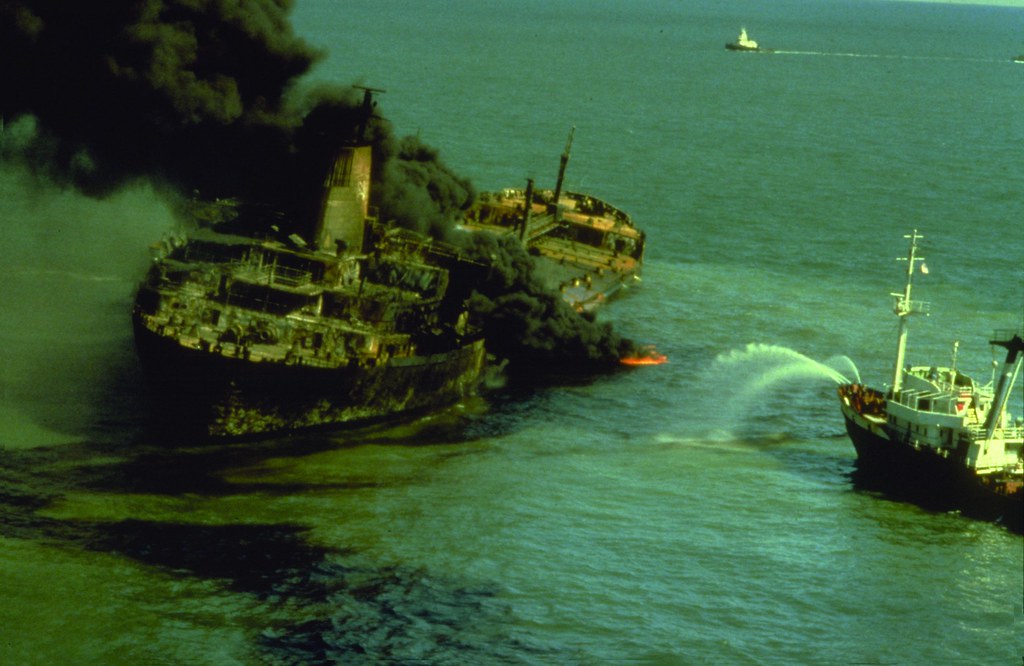
31 years prior to Deepwater Horizon was Burmah Agate. On November 1, 1979, a Liberian registered tanker, Burmah Agate, and a Liberian freighter, Mimosa, collied approximately seven kilometers southeast of the Galveston entrance. Burmah was carrying around 400,000 barrels of Nigerian crude oil. Due to the collision, two starboard tanks ruptured which resulted in an explosion and a fire, killing 33 people. Burmah Agate would burn for over two months. The ship owners were held responsible for firefighting and onshore clean up.8 The worst onshore impact of the spill was when 1,500 bbl., barrels of crude oil, were beached on the western half of Galveston.9 By January 8, 1980, the fire had burned out and approximately 250,000 barrels of oil had been burned up or released into the Gulf of Mexico. Burmah Agate was labeled the largest oil spill of that year and it measured to less than one percent of what Deepwater Horizon would become.10
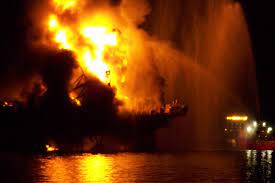
Late at night on April 20, 2010, mud mixed with seawater spewed out of the riser and onto the deck of Horizon. No one knows where the spark came from but within minutes of the initial blow, a fire ignited and caused a massive explosion that would damage the stability of the rig. This caused a chain reaction and multiple chain explosions occurred.11 All 126 crew members began to react, some unaware of the severity of the situation, while an inferno roared 20 stories high.12 A vessel by the name of Bankston, Horizon’s support ship, aided in the rescue of the horizon’s survivors. The Bankston saved every one of the men that jumped into the waters to escape the fire. While trying to survive, rig managers were never able to figure out how many members were missing from the surviving crew. Once the smoke had settle, out of 126 members, 115 were injured and 11 crew mates were missing and presumed dead. They were suspected to be the closest to the explosion meaning they were instantly killed by the initial explosion. Two days later, on the fortieth anniversary of the Earth Day movement, Horizon’s riser broke, and the rig capsized and sank. The rage of Macondo was released on the Gulf of Mexico and crude oil was spewing out of the well. 13
Crude oil, the liquid remains of ancient animals and plants, is a fossil fuel.14 It is formed under elevated pressures and temperatures.15 When refined, it is used for gasoline, other petroleum products, plastic, paints and even soaps. It runs large sectors of our economy and powers our cars and warms our homes.16Drilling for oil has proven to be an expensive trade. Engineers that specialize in finding petroleum use three dimensional models to guide drills into oil reservoirs.17 The concern about this nonrenewable resource is the rate society is consuming it. No geological process is capable of keeping up with how fast the supply is depleting; therefore reservoirs are being withdrawn, causing prices to rise.18 Although there are other concerns outside of economical ones, such as environmental ones. Offshore drilling has economical advantages that should be balanced with the substantial risks to the environment.19 When oil spills into aquatic ecosystems like the oceans, rivers and lakes, it is devastating and causes fouling, or “oiling”, and oil toxicity. In terms of fouling, it is when oil coats bird’s wings leaving them unable to fly. In sea otters, it strips insulating properties in their fur thus putting them at risk for hypothermia. Oiling diminishes animals’ chances of survival. Crude oil by itself is comprised of multiple toxic compounds. When wildlife experience health issues, due to exposure to crude oil, it is called oil toxicity. This causes heart damage, stunted growth and in worst cases, death. Our understanding of how oil spills affect wildlife has become more in depth due the severity of Deepwater Horizon.20
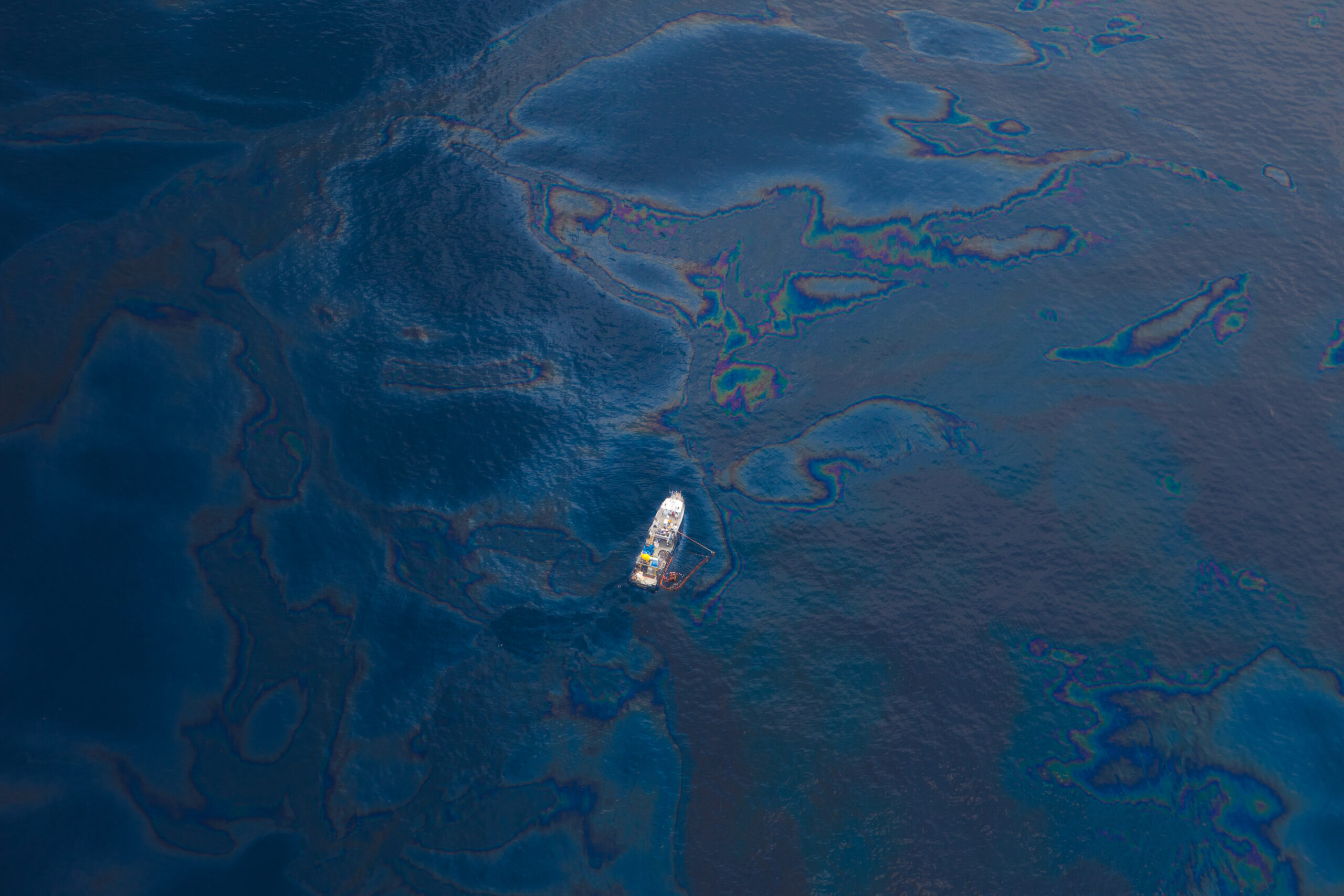
Although the NOAA, the National Oceanic and Atmospheric Administration, the US Coast Guard, and the Environmental Protection Agency were familiar with how to respond to and remedy oil spills, the magnitude of Deepwater Horizon would prove to be taxing.21 Oil would continue to leak out of Macondo for three months. The initial estimate the US Coast Guard Federal On-Scene Coordinator made on the flow rate, in collaboration with BP, was approximately 1000 barrels per day.22 A blanket of iridescent film could be seen expanding 100 miles and balls of tar would wash onto Louisiana and Alabama shores. Two weeks after the first explosion, a metal dome was installed, but failed due to crystals forming inside which caused the cap to float away. Multiple attempts would be made in the first month, but none of them succeeded. At that point, experts concluded the flow rate was not 1,000 barrels per day, it was 20,000. Within the next month, that number doubled and to hold BP responsible, Congress would force the company to broadcast the live footage of Macondo leaking to the public.23
By June, 250,000 barrels per day were collected by two of BP’s containment systems. Unfortunately, tropical storms would stunt British Petroleum’s plans to deploy more systems in the gulf before experts were able to find a way to close Macondo for good.24 Nearly a month later, a containment cap was successful in stopping the flow of oil. Reinforced with cement, the cap permanently sealed the leak.25 The economical losses were short term but were estimated to be tens of billions of dollars. 26 In total, around 209 million gallons of oil were released into the Gulf of Mexico.27 To this day, Deepwater Horizon is known as the largest oil spill in U.S. waters.28
I would like to thank Dr David Turner for his assistance in narrowing down and getting me excited about this topic. He inspired me to take the path I did and include some of the science and engineering aspects of my topic. I would also like to thank Dr. Bradford Whitener for giving me this opportunity and allowing me full creative freedom. He believed I could do the Journalistic Explanatory approach and consistently pushed for me to get published on time to be able to be nominated for an award. Thank you to my significant other for helping me research and my family for listening to my rambling about the topic and encouraging me to give my all.
- Earl Boebert and James M. Blossom, Deepwater Horizon : A Systems Analysis of the Macondo Disaster (Cambridge, Massachusetts: Harvard University Press, 2016), 24. ↵
- Earl Boebert and James M. Blossom, Deepwater Horizon : A Systems Analysis of the Macondo Disaster (Cambridge, Massachusetts: Harvard University Press, 2016), 36-37. ↵
- Earl Boebert and James M. Blossom, Deepwater Horizon : A Systems Analysis of the Macondo Disaster (Cambridge, Massachusetts: Harvard University Press, 2016), 3. ↵
- “30 CFR § 250.721 – What Are the Requirements for Pressure Testing Casing and Liners?,” LII / Legal Information Institute, accessed April 21, 2023, https://www.law.cornell.edu/cfr/text/30/250.721. ↵
- Maryam Tabibzadeh and Najmedin Meshkati, “(PDF) Learning from the BP Deepwater Horizon Accident: Risk Analysis of Human and Organizational Factors in Negative Pressure Test,” accessed April 21, 2023, https://www.researchgate.net/publication/261913049_Learning_from_the_BP_Deepwater_Horizon_accident_Risk_analysis_of_human_and_organizational_factors_in_negative_pressure_test. ↵
- Earl Boebert and James M. Blossom, Deepwater Horizon : A Systems Analysis of the Macondo Disaster (Cambridge, Massachusetts: Harvard University Press, 2016), 3-4. ↵
- Earl Boebert and James M. Blossom, Deepwater Horizon : A Systems Analysis of the Macondo Disaster (Cambridge, Massachusetts: Harvard University Press, 2016), 4. ↵
- Timothy W. Kana, Edmond P. Thompson, and Robert Pavia, “BURMAH AGATE—CHRONOLOGY AND CONTAINMENT OPERATIONS,” International Oil Spill Conference Proceedings 1981, no. 1 (March 1, 1981): 131–38, https://doi.org/10.7901/2169-3358-1981-1-131. ↵
- Larry C. Thebeau and Timothy W. Kana, “ONSHORE IMPACTS AND CLEANUP DURING THE BURMAH AGATE OIL SPILL—NOVEMBER 1979,” International Oil Spill Conference Proceedings 1981, no. 1 (March 1, 1981): 139–45, https://doi.org/10.7901/2169-3358-1981-1-139. ↵
- Timothy W. Kana, Edmond P. Thompson, and Robert Pavia, “BURMAH AGATE—CHRONOLOGY AND CONTAINMENT OPERATIONS,” International Oil Spill Conference Proceedings1981, no. 1 (March 1, 1981): 131–38, https://doi.org/10.7901/2169-3358-1981-1-131. ↵
- Earl Boebert and James M. Blossom, Deepwater Horizon : A Systems Analysis of the Macondo Disaster (Cambridge, Massachusetts: Harvard University Press, 2016), 4. ↵
- National Commission on the BP Deepwater Horizon Oil Spill and Offshore Drilling (U.S.), “Deep Water: The Gulf Oil Disaster and the Future of Offshore Drilling: Report to the President,” January 1, 2011. ↵
- Earl Boebert and James M. Blossom, Deepwater Horizon : A Systems Analysis of the Macondo Disaster (Cambridge, Massachusetts: Harvard University Press, 2016), 4. ↵
- National Oceanic and Atmospheric Administration, “Oil Spills | National Oceanic and Atmospheric Administration,” www.noaa.gov (National Oceanic and Atmospheric Administration, August 1, 2020),https://www.noaa.gov/education/resource-collections/ocean-coasts/oil-spills. ↵
- Thomas H Jordan and John Grotzinger, Loose-Leaf Version for Essential Earth (Macmillan Higher Education, 2012), 503. ↵
- National Oceanic and Atmospheric Administration, “Oil Spills | National Oceanic and Atmospheric Administration,” www.noaa.gov (National Oceanic and Atmospheric Administration, August 1, 2020),https://www.noaa.gov/education/resource-collections/ocean-coasts/oil-spills. ↵
- Thomas H Jordan and John Grotzinger, Loose-Leaf Version for Essential Earth (Macmillan Higher Education, 2012), 10. ↵
- Thomas H Jordan and John Grotzinger, Loose-Leaf Version for Essential Earth (Macmillan Higher Education, 2012), 503. ↵
- Thomas H Jordan and John Grotzinger, Loose-Leaf Version for Essential Earth (Macmillan Higher Education, 2012), 10. ↵
- National Oceanic and Atmospheric Administration, “Oil Spills | National Oceanic and Atmospheric Administration,” www.noaa.gov (National Oceanic and Atmospheric Administration, August 1, 2020),https://www.noaa.gov/education/resource-collections/ocean-coasts/oil-spills. ↵
- Jane Lubchenco et al., “Science in Support of the Deepwater Horizon Response,” Proceedings of the National Academy of Sciences 109, no. 50 (December 11, 2012): 20212–21, https://doi.org/10.1073/pnas.1204729109. ↵
- Marcia K. McNutt et al., “Review of Flow Rate Estimates of the Deepwater Horizon Oil Spill,” Proceedings of the National Academy of Sciences 109, no. 50 (December 11, 2012): 20260–67, https://doi.org/10.1073/pnas.1112139108. ↵
- Annabel Symington, “Spill Waters Run Deep: Oil Stopped Flowing from the Deepwater Horizon Rig in July, but the Legal Wrangling Is Only Just Beginning,” New Statesman (1996) (New Statesman, Ltd., October 4, 2010), Gale Literature Resource Center. ↵
- Marcia K. McNutt et al., “Review of Flow Rate Estimates of the Deepwater Horizon Oil Spill,” Proceedings of the National Academy of Sciences 109, no. 50 (December 11, 2012): 20260–67, https://doi.org/10.1073/pnas.1112139108. ↵
- Annabel Symington, “Spill Waters Run Deep: Oil Stopped Flowing from the Deepwater Horizon Rig in July, but the Legal Wrangling Is Only Just Beginning,” New Statesman (1996) (New Statesman, Ltd., October 4, 2010), Gale Literature Resource Center. ↵
- Thomas H Jordan and John Grotzinger, Loose-Leaf Version for Essential Earth (Macmillan Higher Education, 2012, 10.). ↵
- M. Lee, “Gulf of Mexico Oil Spill.,” in Salem Press Encyclopedia of Science (Salem Press, September 1, 2022), Research Starters. ↵
- National Oceanic and Atmospheric Administration, “Oil Spills | National Oceanic and Atmospheric Administration,” www.noaa.gov (National Oceanic and Atmospheric Administration, August 1, 2020),https://www.noaa.gov/education/resource-collections/ocean-coasts/oil-spills. ↵
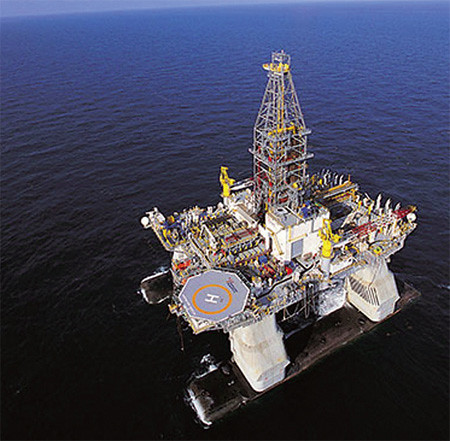


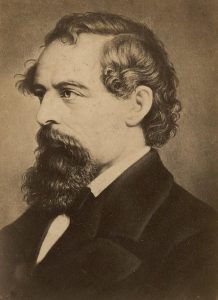
14 comments
Andrew Ponce
Hello Isabella. Firstly, congratulations on the nomination for this article.This article brings forth an ongoing issue that very few people understand, nor put attention towards. Some may not know about plants and animals serving as a fuel source, or how far and fast oil can spread in the ocean. Information such as this is what people (especially a young generation) deserves to know. This article is clearly worthy of its nomination and again, great work on this publication.
Sudura Zakir
Fantastic article! Prior to the release of the film, I knew very little about The Deepwater Horizon. I adore how you depicted the disaster’s very unfavorable beneficiaries. The extent to which the oil had spread within the ocean caught my attention while I was reading. impacting more marine life as well as marine litter. Congratulations also on being nominated. Excellently written post.
Gaitan Martinez
When clicking on this article, I saw it was on the topic of oil drilling, so I knew I was gonna get a hot one because oil drilling is one of the most controversial topics. I’ve heard about the Deepwater horizon event, and I’ve seen photos of them as well, but I never looked in the full story, and I’m glad you brought it back. Just another story of us humans hurting the Earth.
Christian Lopez
I love the journey that you take the reader through. This horrible incident was brought to light through the Mark Wahlberg movie. Yet this article highlights a lot of the issues or information that my not have been able to be easily conveyed through that runtime. It was interesting learning more in depth about the event.
Illeana Molina
I am happy to say that I did learn something new and have learned about the Horizon. This article was extremely well written and articulate, as well as enjoyable to follow along. I do like how in-depth you went with specific aspects and did not know much about the spill as well as how it has been awful for our environment. I know we need to take care of our environment as we only have one.
Tabitha Babcock
Bella! This is an amazing article. I’m so glad you went into depth about the more science-y aspects. I see that geology double major! It’s crazy that it happened on the 40th anniversary of earth day. Also, I’d never seen pictures of it before, and that one of the oil on the water is wild.
Maximillian Morise
This is a great article on the Deepwater Horizon disaster, going indepth into the causes of the disaster and the effects it had. Congratulations on your article and your nomination!
Iris Reyna
Congrats on your article nomination Isabella, the article was a very informative and interesting read. The article was very well put together and organized nicely. Good job at using the images to tell the story. I never knew about Deepwater Horizon until the movie came out, I cried it was a great movie. Having the chance to read and learn about the background of the event and what happened was fascinating.
Donald Glasen
This article was extremely well written and overall enjoyable to read. I enjoyed how descriptive you were with all the technicalities involved. It’s extremely upsetting to hear about what happened to the environment after the spill. One can only hope that we will be able to learn from our past mistakes.
Jaedon E
Amazing article! I did not know much about The Deepwater Horizon until the movie came out. I love how you captured the very negative benefactors that contributed to this disaster. One interesting thing when I was reading was how far the oil had spread within the ocean. Not only effecting marinellite but more wildlife in the ocean.
Congratulations on the nomination as well. Very well-written article.